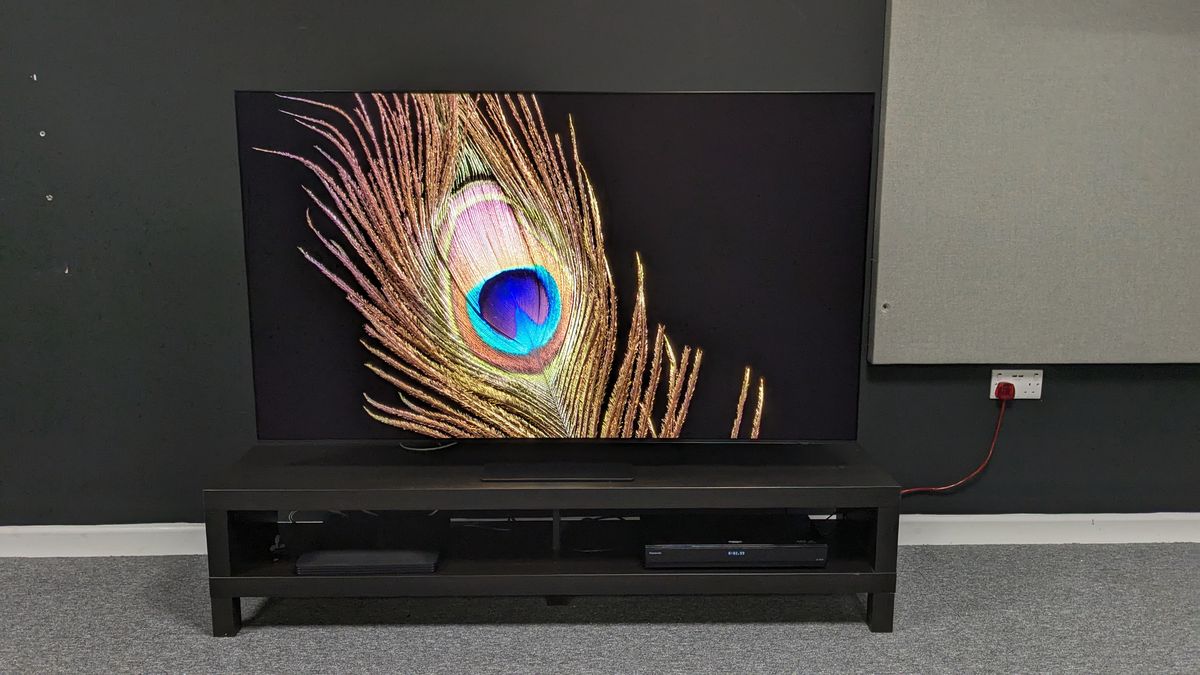
Samsung says an OLED-beating new screen tech could come sooner than we thought – but I wouldn't expect it in 4K TVs right away
- 21.03.2025 13:42
- techradar.com
- Keywords: Sign in successful
Samsung is developing QD-EL technology, which promises higher brightness and longer lifespan than OLED, but it likely won't appear in large 4K TVs soon. Instead, the tech may first target compact monitors due to current challenges with scaling and efficiency.